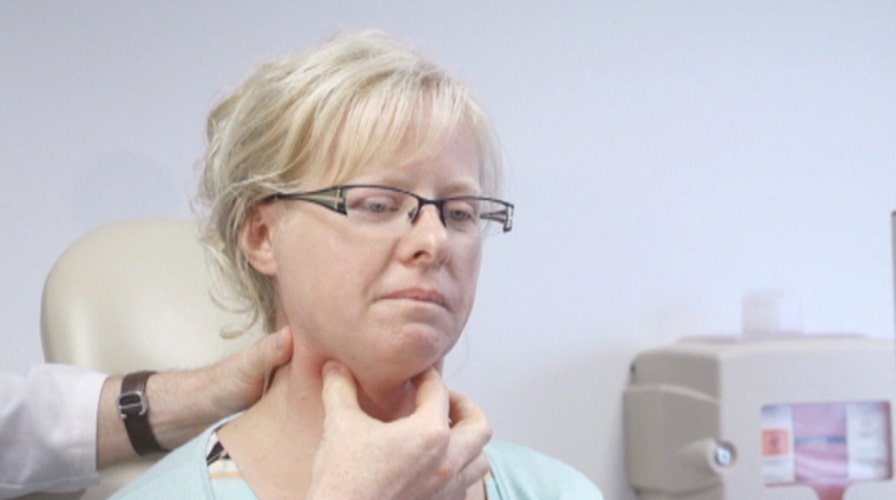Therapy restores woman’s voice
Joleen Bisschop has been without her voice for 12 years on and off. She suffers from functional dysphonia, and it’s affected her ability to communicate with her family and at work. After trying many medications and therapies without luck, she traveled 3,000 miles to the Cleveland Clinic to get her voice back
Joleen Bisschop, a 36-year-old woman from Chilliwack, British Columbia, suffers from functional dysphonia, a condition that causes her to lose her ability to speak for extended periods of time.
Bisschop’s vocal loss set in after she contracted a cold 12 years ago, and her voice never fully returned. Though her voice has come and gone over the years, she hasn’t been able to speak at all for the past 4 and a half years. The mother of four said her condition has made it difficult for her to fully participate in life.
“I kind of hibernate, I kind of stay back,” Bisschop said. “I try to stay away from as many people as I can. Simple things like ordering my coffee at Starbucks makes it difficult."
Though Bisschop had tried numerous medications and attended therapy sessions in attempt to permanently restore her voice, nothing worked. Eventually Bisschop and her husband decided to travel 3,000 miles from their home in British Columbia to the Cleveland Clinic in Ohio, in an attempt to get her voice back.
“There are times when the muscles get so tight they get kind of locked in that position and patients can be without a voice or a hoarse and raspy voice for extended period of time,” Dr. Claudio Milstein, director of the Voice Center Head and Neck Institute at Cleveland Clinic in Ohio, who treated Bisschop, said.
Milstein worked with Bisschop for three hours, trying several techniques including manipulating her vocal cords, in attempt to restore her voice.
“Some patients within 10 to 15 minutes get their voices back and some patients are a little more challenging,” Milstein said.
Milstein’s persistence paid off. After their session, Bisschop was able to speak out loud for the first time in over four years.
"I know I was in tears at some points because I just didn't think…it was ever going to work, but he was very determined which I'm very thankful for," Bisschop said.
Milstein is confident that Bisschop’s treatment will be effective in the long term – and says she now has the tools to bring her voice back if she loses it again. Only 10 percent of Milstein’s patients return for additional care.
Now, Bisschop is looking forward to being a more active mother again – and enjoying simple pleasures, like ordering for herself in restaurants or answering the phone at home.
“It's just an amazing feeling that I can actually say something and be heard,” Bisschop said.
For more information, visit to ClevelandClinic.org.

